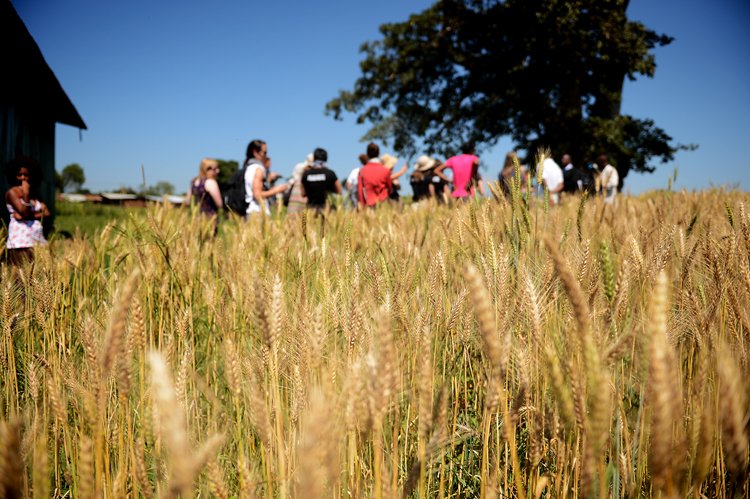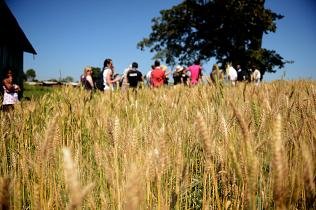Doing More with Less, farmer-style
(NC) The concept of using your existing resources to do more is not a new one. The expression “stretching a dollar†has long been synonymous with doing more with less. But it doesn't just apply to your finances — farmers have adapted that concept to food production as well.
Innovation in the form of new plant varieties — including GMOs, new weed and pest control methods and new ways of managing crops — is letting Canadian farmers produce more food without using more water, fossil fuels or bringing new land into production.
This ultimately results in better wildlife biodiversity, more conservation of natural resources and a lower environmental footprint for farming.
“Being able to use canola seed that is genetically modified has given us the ability to grow healthier plants and a lot more of them on a lot less land,†says Cherilyn Nagel, whose family has been farming near Mossbank, Sask. for more than 100 years. “Being able to use this type of science and innovation allows us to continue to progress in terms of our environmental stewardship program.â€
Here's what the numbers say:
Without using crop protection methods and biotechnology, Canadian farmers would need 50 per cent more land to grow the same amount of food they do today. That's more than the total area of New Brunswick, Nova Scotia and Prince Edward Island combined.
To grow the same amount of canola but without pesticides and new plant varieties like GMOs, farmers would need 91 per cent more land than they're currently using — more than 19 million more acres, or about 14 million football fields.
One example of where new plant varieties are doing their part in mitigating climate change is by saving up to 194 million litres of diesel fuel every year. Specifically, herbicide-tolerant varieties help farmers more easily control weeds and avoid driving over their fields as often.
Farmers have used these technologies to adopt conservation tillage, where the soil isn't worked as much and a new crop is planted right into the stubble of the previous one. In Alberta alone, less tillage has helped reduce soil erosion, cut water use and improve soil quality by almost a third.
Less tillage and fewer passes over the field all result in lower greenhouse gas emissions from agriculture — up to 29 million tonnes per year.
www.newscanada.com
Comments
There are 0 comments on this post





